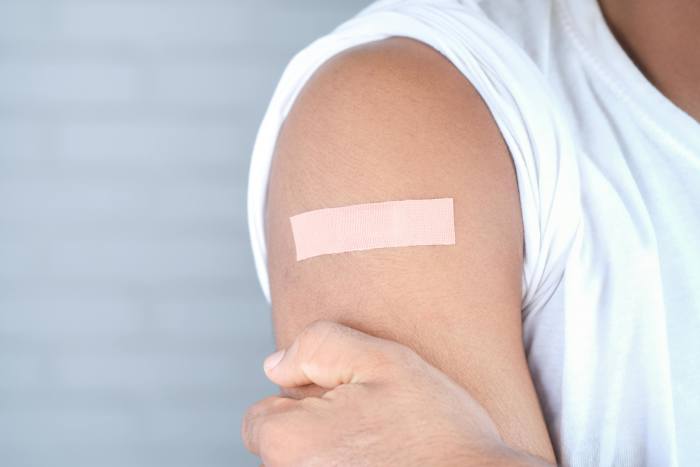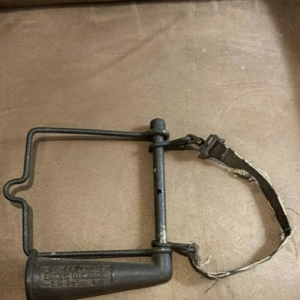Smallpox: A Devastating Disease
Smallpox, once a deadly viral infection, caused severe fever and an unmistakable rash. By the early 1900s, outbreaks claimed the lives of 3 in 10 infected people, with survivors often left with scars, particularly on their faces.
The Vaccination Breakthrough
The variola virus caused smallpox, but scientists developed a vaccine using a related, non-dangerous virus called vaccinia. This live virus triggered the immune system to fight off smallpox, leading to the virus’s eventual eradication by the 1950s. Routine vaccinations in the U.S. stopped in 1972, though high-risk individuals still receive the vaccine today.
What Is a Smallpox Vaccine Scar?
The smallpox vaccine left a distinctive scar, typically a small, round or oblong indentation. In some cases, the scar was larger and raised, indicating a stronger immune response. This mark was the result of a more invasive vaccination method.
The Vaccination Method
Unlike modern injections, the smallpox vaccine used a bifurcated needle. Healthcare workers dipped the needle into the vaccine and jabbed it repeatedly into the skin, causing a visible injury. The body’s immune reaction to the live virus formed a scab that eventually fell off, leaving behind a permanent scar.

A person’s arm with bandaid post-vaccination (for illustrative purposes), Photo Credit: Pexels
Where Was the Vaccine Given?
Most individuals received the vaccine on their upper left arm, but some received it in less common areas, such as the buttocks.
Side Effects and Complications
While the vaccine saved many lives, recipients sometimes experienced mild flu-like symptoms, such as fever and swollen lymph nodes. Severe complications, such as allergic reactions or skin infections, were rare.
Fading into the Past
With smallpox no longer a threat, vaccine scars have become rare. Those who wish to reduce the appearance of their scars can use sunscreen, softening ointments, or professional treatments like dermabrasion.
Legacy of the Smallpox Vaccine
The smallpox vaccine and its scars symbolize humanity’s victory over one of the deadliest diseases. Though smallpox is no longer a global threat, its eradication underscores the life-saving power of vaccines.





